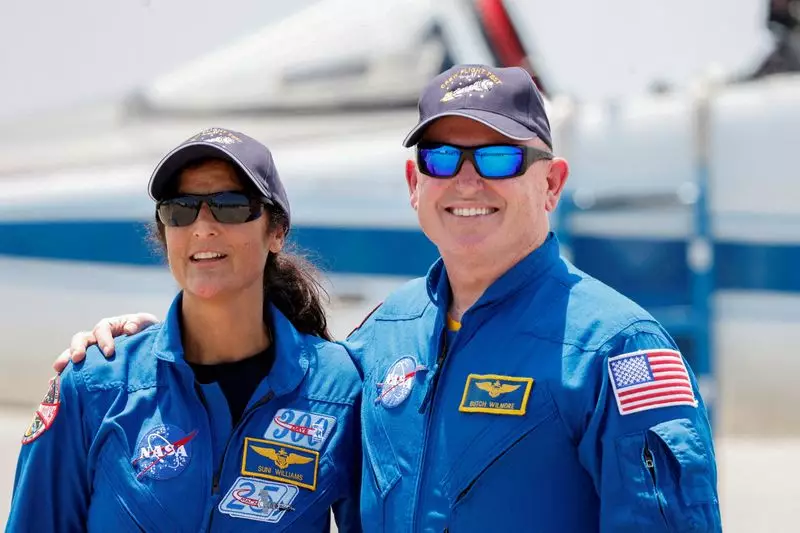Boeing’s Starliner faced significant technical issues with its propulsion system, jeopardizing the safe return of its first crew from the International Space Station. Glitches in Starliner’s propulsion system, including five failed thrusters and leaks of helium, raised serious concerns about the spacecraft’s ability to bring astronauts back to Earth safely. This posed a major setback for Boeing, especially after years of development problems and over $1.6 billion in budget overruns since 2016. The decision to bring the astronauts back on a SpaceX Crew Dragon spacecraft instead of Starliner reflects the severity of the technical issues encountered.
NASA’s decision to rely on SpaceX’s Crew Dragon for the return of the astronauts underscored the agency’s commitment to safety and reliability. Despite Boeing’s assurances of Starliner’s safety, NASA officials opted for a more secure option to ensure the astronauts’ well-being. Boeing’s disappointment in not being able to carry out the return mission as planned was evident in the statements from Mark Nappi, Boeing’s Starliner chief, who emphasized the priority of crew safety above all else. The shift in focus to SpaceX’s Crew Dragon marked a significant turning point in the ongoing competition between Boeing and its rival in the space industry.
Boeing’s long-standing struggles with the development of Starliner have raised questions about the company’s ability to deliver a reliable spacecraft for crewed missions. The repeated technical issues, including a failed uncrewed test in 2019 and thruster problems in a subsequent attempt, have cast doubt on Starliner’s readiness for routine flights. The challenges faced by Boeing with its commercial planes’ quality control have further compounded the pressure on the company to address the shortcomings in its space program. The uncertainty surrounding Starliner’s crew certification path has left Boeing in a precarious position as it seeks to regain NASA’s trust and confidence.
As Boeing grapples with the aftermath of the latest setback with Starliner, the company must now focus on addressing the underlying engineering issues that have plagued the spacecraft. The necessity of conducting additional tests and simulations to validate Starliner’s safety for future crewed missions highlights the company’s ongoing commitment to resolving the technical challenges it faces. Boeing’s new CEO, Kelly Ortberg, has expressed determination to continue working on Starliner’s issues and ensuring its successful return from space. However, the road ahead remains uncertain for Starliner as it navigates the complex process of obtaining NASA certification for crewed flights.
Boeing’s Starliner has encountered significant hurdles in its quest to become a viable option for transporting astronauts to and from the International Space Station. The technical issues and delays associated with Starliner’s development have underscored the challenges that Boeing faces in establishing itself as a reliable player in the space industry. While the decision to rely on SpaceX’s Crew Dragon for the safe return of astronauts reflects the prioritization of safety by NASA, Boeing must now redouble its efforts to address the engineering issues that have hindered Starliner’s progress. The lessons learned from this experience will be crucial for Boeing as it seeks to rebuild its reputation and credibility in the space sector.

